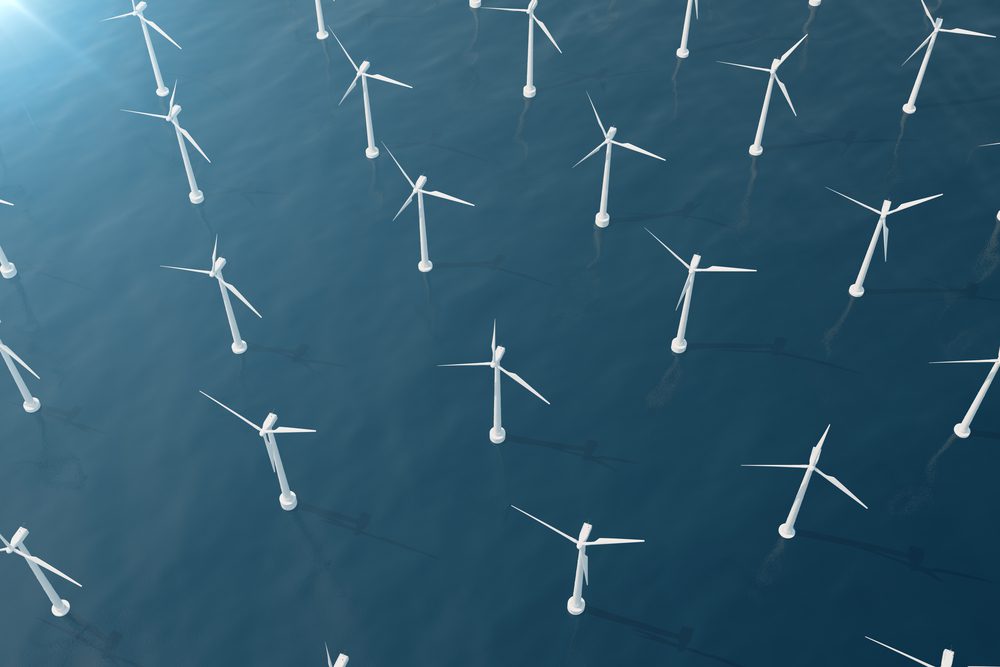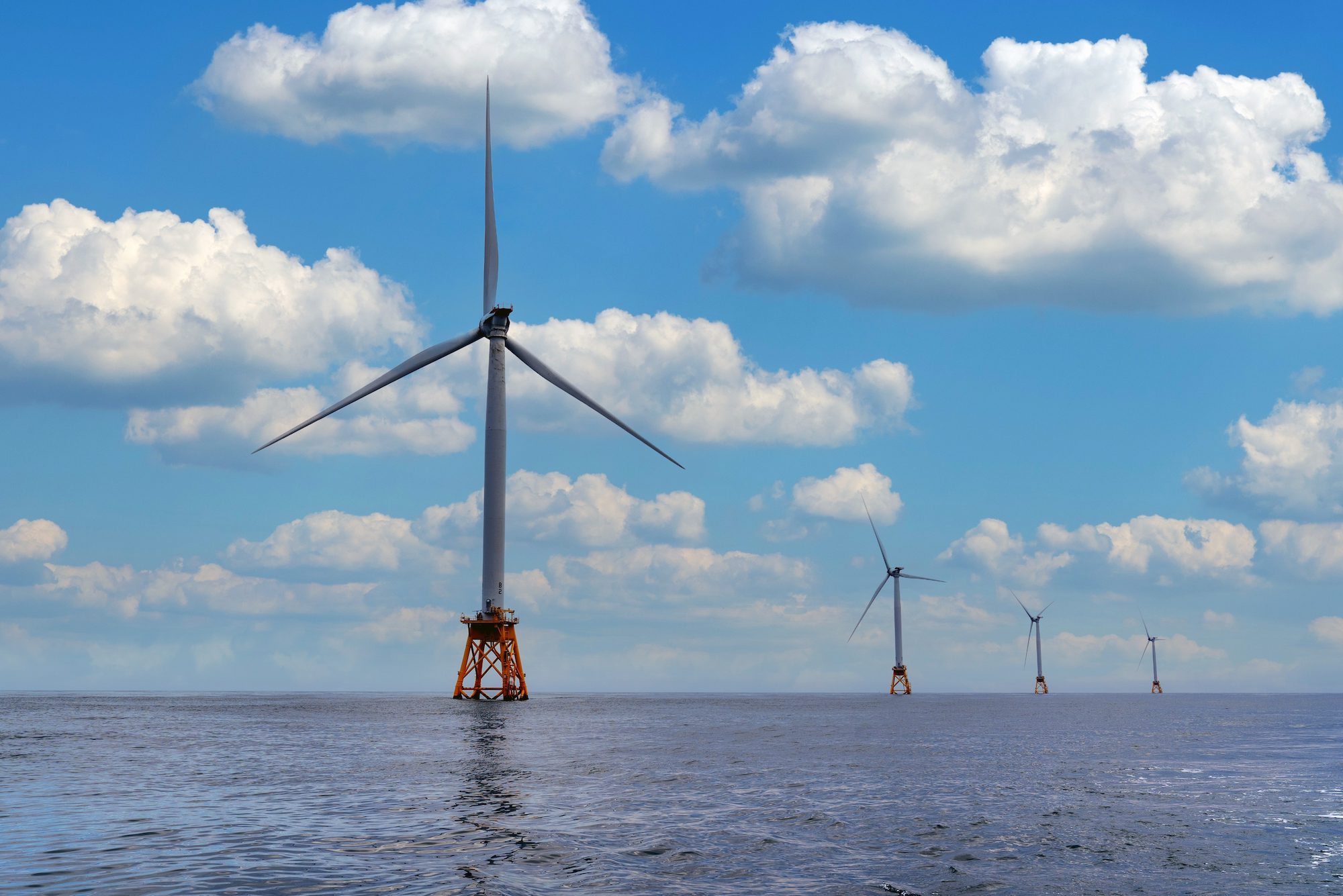(Bloomberg) — BP Plc’s plans to sell almost $8 billion of deep-water oilfields in the Gulf of Mexico is paving the way for the biggest influx of Asian-Pacific cash into offshore U.S. energy exploration.
Energy companies eager to hone their skills in advanced drilling techniques such as China Petrochemical Corp. and the Australian minerals supplier BHP Billiton Ltd. are prime candidates as they have deeper pockets than many competitors in North America, according to analysts Lyndon Fagan of JP Morgan Chase & Co. in Sydney and Adrian Loh at Daiwa Capital Markets.
Asian bids for BP wells that extend miles beneath the sea surface could preempt the handful of U.S. and European explorers that have dominated Gulf drilling for almost a century. In similar fields, U.S. prospectors McMoran Exploration Corp. and ATP Oil & Gas Corp. are coping with exploding costs and mounting geological challenges, like violent natural gas surges and drill bits melting as they plunge miles into the ocean floor.
“The Gulf of Mexico ticks a lot of boxes for oil companies” from Asia, according to Loh, who follows Chinese companies for Daiwa in Singapore. “The size of the resource is certainly an attraction as well,” he said in an interview.
The U.S. section of the Gulf, while producing 17.8 billion barrels of crude in the past six decades, is a more difficult and expensive place to search for oil as explorers push farther off the coast and into more hostile geological formations.
ATP Bankruptcy
Spiraling costs pushed ATP into filing for bankruptcy protection last week. The Houston-based company was one of the first explorers to resume drilling in deep waters of the Gulf after London-based BP’s Macondo oil spill, which was caused by an uncontrolled burst of natural gas.
McMoran spent $906 million in the past three years on a field called Davy Jones that has yet to produce commercial quantities of oil.
Even so, Gulf oil production is expected to jump 31 percent by the end of the decade to 1.83 million barrels a day, the U.S. Energy Department said in a June report.
That’s three times the rate at which Africa and Russia are expected to raise oil production during the same period, and more than twice the forecast increase from Saudi Arabia, according to the U.S. Energy Department. It forecast U.S. Gulf crude prices to climb 34 percent by the end of 2020.
Lv Dapeng, a spokesman in Beijing for China Petrochemical, also known as Sinopec Group, did not answer two calls to his office line seeking comment yesterday. The company had the equivalent of $6.68 billion in free cash flow at the end of 2010, the most recent year reported, according to data compiled by Bloomberg.
‘Limited Pool’
Kelly Quirke, a Melbourne-based spokeswoman for BHP, declined to comment.
“The potential buyers have to have the technical knowledge needed to operate in deep water, and there’s only a limited pool of such companies,” Gianna Bern, president of Chicago-based Brookshire Advisory & Research, said in an interview. “It boils down to who has the expertise and who has the deep pockets.”
One attraction of Gulf assets for Chinese companies is the transparency of U.S. regulations and taxation relative to other nations, Loh said. “If you want to drill and develop an oil field it’s easier than, say, in Africa,” he said.
Cnooc Ltd., the publicly traded unit of China’s offshore oil explorer, is poised to become the first Chinese operator of deep-water U.S. oil assets, pending government approval of its $15.1 billion takeover of Canada’s Nexen Inc. Cnooc has pledged to retain Calgary-based Nexen’s drilling experts as part of the transaction announced on July 23.
Track Record
“Chinese oil companies do not have a good track record in developing deep-water projects themselves,” Gordon Kwan of Mirae Asset Securities, said in an interview. “That’s the reason why Cnooc promised to retain all of Nexen’s operational staff in the Gulf of Mexico and not try to send Chinese engineers over.”
BP said it May it plans to divest Gulf fields including Horn Mountain and its minority stake in Ram Powell, about two years after a blowout at its Macondo well in the Gulf killed 11 workers and triggered the worst-ever U.S. marine oil spill. The company expects maximum proceeds of $5 billion to $6 billion after taxes payable by the purchaser, a person familiar with the sale process said last week.
The fields hold proven reserves of about 120 million barrels of oil and produced about 58,000 barrels a day in the first quarter, the person said. In addition to Sinopec Group and BHP, other potential suitors include Woodside Petroleum Ltd., Australia’s second-largest oil company, and China National Petroleum Corp. or its unit PetroChina Co., analysts said.
U.S. Clearance
Chinese companies may wait to pursue deals in the Gulf until Cnooc’s Nexen purchase clears regulatory hurdles, including the Committee on Foreign Investment in the United States, Kwan said. U.S. political resistance in 2005 prompted Cnooc to abandon a bid for California-based Unocal Corp., now part of Chevron Corp.
“If the Cnooc-Nexen deal could be cleared, there should be no problem for Chinese companies bidding for BP assets,” Kwan said. Because any deals with BP would involve individual assets rather than an entire corporation, “I don’t think this would be subject to the same level of vigilance Cnooc-Nexen deal would get from the U.S.”
BHP, Australia’s largest oil and natural-gas producer, already operates the Shenzi and Neptune fields about 120 miles (193 kilometers) off the Louisiana coast. The company also is a partner with BP in the nearby Mad Dog and Atlantis projects.
The BP fields for sale “are attractive tier-one assets that fit within BHP’s strategy that rarely come up for sale,” said Fagan, the JPMorgan analyst.
Worth Looking
Woodside began exploring in the Gulf of Mexico in 1999 and has 20 percent stakes in the Neptune and Power Play oilfields, according to the company’s website.
“I think Woodside and BHP would definitely take a look” at adding Gulf of Mexico assets, said Andrew Williams, a Melbourne-based analyst at RBC Capital Markets.
For Woodside “at some point you’ve got to make the decision, do we get bigger or get out?” Williams said by phone. “If they want to get bigger, they have to look at it.”
Woodside, operator of the A$15 billion Pluto natural-gas project in Western Australia, said in February it’s considering expansion outside the country through new partnerships.
Laura Lunt, a spokeswoman for Woodside in Perth, said the company doesn’t comment on speculation.
One person familiar BP’s plans said bidders may include U.S. companies such as Chevron Corp. and Exxon Mobil Corp., and that it’s unlikely that all the fields will go to one buyer.
‘Rock Star’
Other U.S. producers tested by the vagaries of Gulf drilling have included McMoran and Cobalt International Energy Inc. Despite the setbacks at the Davy Jones project, McMoran Chairman and Co-Founder James “Jim Bob” Moffett retains “rock star” status within the oil industry, Brookshire’s Bern said.
On the sidelines of a Denver energy conference last week, Moffett’s informal question-and-answer session with investors and geologists drew a standing-room only crowd.
Cobalt, controlled by Goldman Sachs Group Inc. and Riverstone Holdings, lost $99 million on its Ligurian field in the Gulf during the second quarter. The Houston-based company, which also explores off the coasts of Angola and Gabon, plans to continue deep-water Gulf exploration with its North Platte 1 well and the Anadarko Petroleum Corp.-operated Shenandoah field, according to a July 31 company statement.
-By Joe Carroll, Aibing Guo and James Paton. Copyright 2012 Bloomberg

 Join The Club
Join The Club











